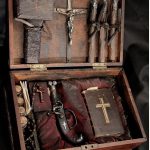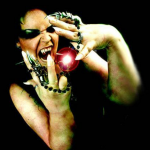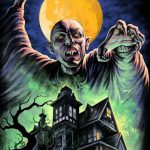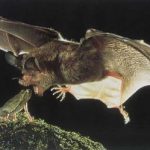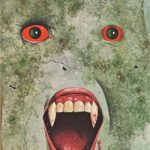The region of Pomerania stretches along the Baltic coast. Like Silesia, it has been a part of the modern nation of Poland since the end of World War II and has a complicated history. At one time most of West Prussia consisted of this region though it had been Polish territory at times before that.
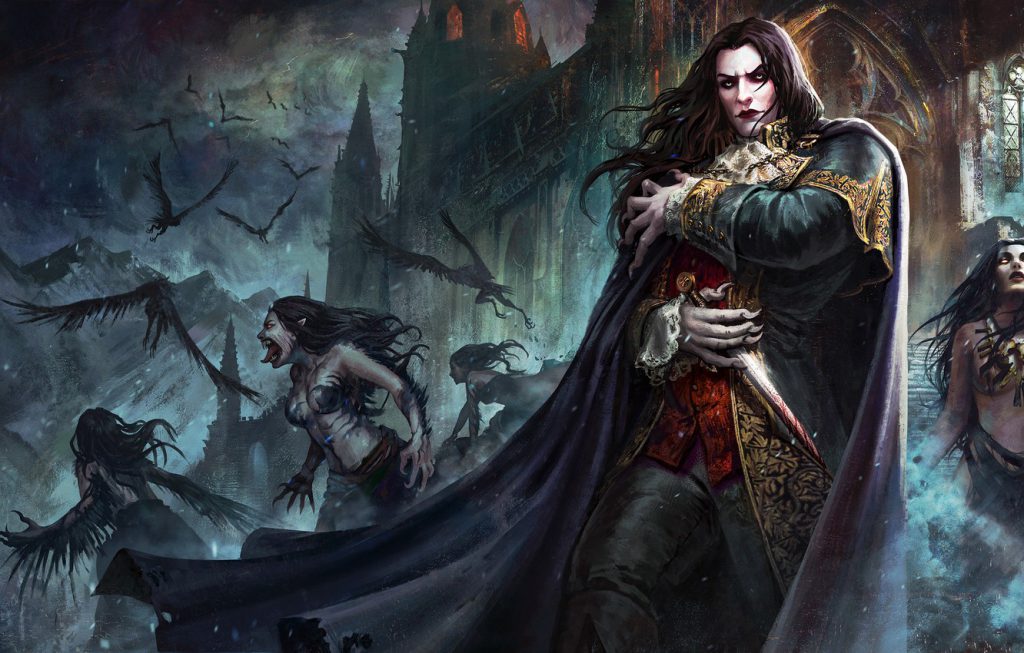
Among the Slavic peoples living in this region are the Kashubes. The Kashubes believe that anyone born with teeth or with a caul (amniotic membrane still attached to the top of the head and forming a veil which covers the head and maybe more) is destined to become a vampire after he dies unless he is cured of this when he is still an infant. In the case of an infant born with teeth, the teeth are extracted. In the case of an infant born with a caul, the caul is first dried until it becomes brittle. Then, after a certain period, it is crumbled and mixed in with the child’s food so that he eats it. The Kashubian names for an undead vampire include:
- Vjesci (pronounced as “vyeskee”)
- Njetop (prounounced as “nyetop”)
- Wupji (pronounces as “woopyee”)
- Ohyn
- Upier
The Kashubes sometimes reserved the terms vjesci and njetop for the revenant of a person who had been born with a caul. The names wupji and ohyn sometimes were reserved for the revenant of a person who had been born with teeth. The term upier is a general name for an undead that can be found all over Poland.
One case of a Kashube vampire is given on pages 111-12 in the The Darkling by Jan Perkowski (Slavica Publishers, 1989).
In 1870, the wife of a Mr. Gehrke, the forest keeper at Pniew in the district of Schwetz (a part of West Prussia at the time, mostly populated by Kashubes). Soon after her death, her husband and children became severely ill. It was strongly suspected that this was due to the dead woman having become a vampire. Four weeks after the woman’s death, Mr. Gerkhe, accompanied by a Mr. Jahnke, opened the grave. They saw that the corpse had a red face – a sure sign that she had become a vampire. They put flax seeds and a fishing net in the grave. (This was done in belief that the vampire would become pre-occupied with counting, or eating, the seeds, and with counting, or untying, the knots in the net. All at an extremely slow rate.) But then along came Mrs. Jahnke. She convinced the two men that, since the face was already red, it was too late for the flax seeds and net to do any good. So, the men went on to perform the more drastic step of cutting off the corpse’s head and placing this under one its arms. As the result of their actions, all three were brought to the local district court and convicted for the crime of desecrating a grave.
Another case of a vampire in West Prussia that occurred during the same year is given in The Vampire Book by J. Gordon Melton (Visible Ink Press, 1984, 1999) under the topic of “Poland, Vampires of”.
In 1870, in the town of Neustatt-an-der-Rhoda (now known as Wejheroho) in Pomerania (then a part of West Prussia), a prominent citizen named Franz von Poblocki died of cosumpion (tuberculosis). Two weeks later, his son Anton died and other relatives became ill. The family consulted a local vampire hunter named Johann Dziegielski. With the family’s consent, the vampire hunter decapitated Anton’s corpse. The corpse was then buried with the head placed between the knees. The body of the father was then exhumed, decapitated, and re-buried with the head placed between the legs. The local priest complained to the authorities. The vampire hunter was sentenced to four months in prison. But the family appealed the case and Dziegielski was released before completing his sentence.
The Germans in West Prussia had their own name for an undead vampire: nachtzerer, which literally means night waster.
Not surprisingly, the lore about the nachtzerer often closely resembles that of the undead vampires found in Polish and Kashube lore. A person who had born with a caul or had died as the result of suicide or by a sudden accident was likely to become such a vampire. As in the case of the Polish upier, It was often said that the nachtzerer devoured its burial shroud and parts of its hands and legs before arising from its grave for the first time. Like many other European vampires, its favorite prey is the living members of its own family.
More information about the nachtzerer can be found in The Vampire Book by Melton, and in Vampires, Burial, and Death by Paul Barber (Yale University Press, 1998).

